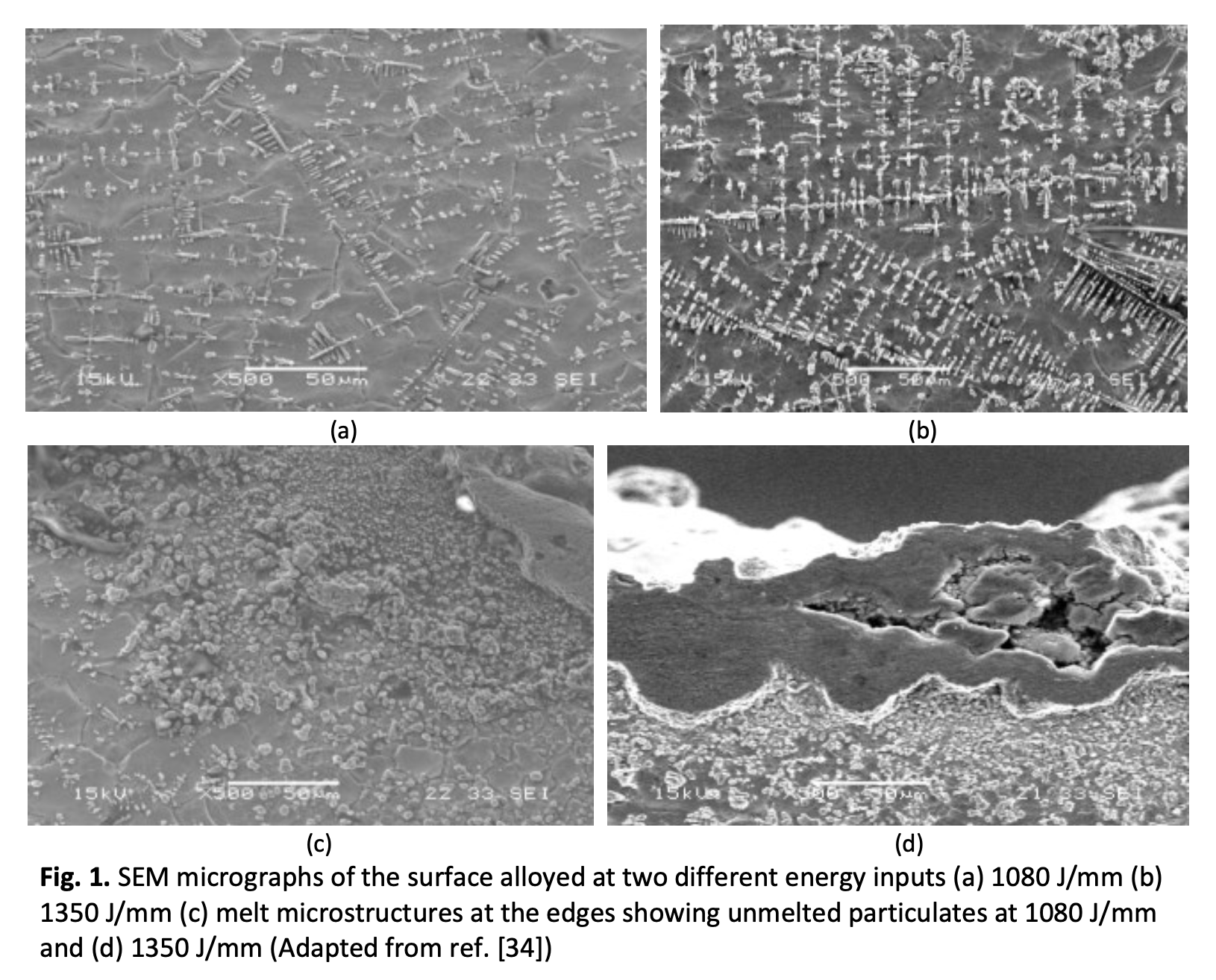Contemporary Progress in the Hybrid Coating of Titanium Alloys using the Liquid Additive Manufacturing Technique
DOI:
https://doi.org/10.37934/aram.113.1.108117Keywords:
Titanium Alloys, hybrid coating, liquid additive manufacturing, wear resistanceAbstract
This paper presents a review of the contemporary advancements in hybrid coating applications on titanium alloys using the liquid additive manufacturing technique. Hybrid coatings represent highly functional coatings with very good hardness, wear resistance, and adhesion properties with other tailored properties for the application of aerospace, automotive, construction, and maritime industries. Within this review, a comprehensive study of the foundational principles governing hybrid coatings is highlighted with the key aspects of the selection of metallic substrates, diverse coating methods, and the characterization of coatings. A perceptive segmentation of the merits and demerits attendant to diverse surface coating processes such as liquid additive manufacturing, sol-gel deposition, laser beam techniques, thermal spraying, and micro-arc oxidation are analyzed. Based on the literature review, it can be found that TIG torch LAM technology, appears as an encouragement rendering itself both cost-effective and ecologically sustainable, this methodology not only bequeaths a meticulous control over the mantle of coating thickness and composition but also bestows upon the resultant hybrid coatings an enhanced morphology and hardness, particularly within the realm of titanium alloys. Therefore, evident is the prospect of a transformative trajectory, wherein the higher costs associated with a laser beam, liquid deposition, and sol-gel techniques are supplanted by the greener, more sustainable embrace of liquid additive manufacturing. The hybrid coating on commercial purity titanium showed that hybrid coating enhances hardness value by a factor of three to fourfold accompanied by the development of a new microstructure. In conclusion, this paper explains the reflective impact of hybrid coatings and stresses the potential of TIG torch LAM technology in advancing the field of surface engineering, particularly in the context of hybrid coating on titanium alloy materials.
Downloads



























